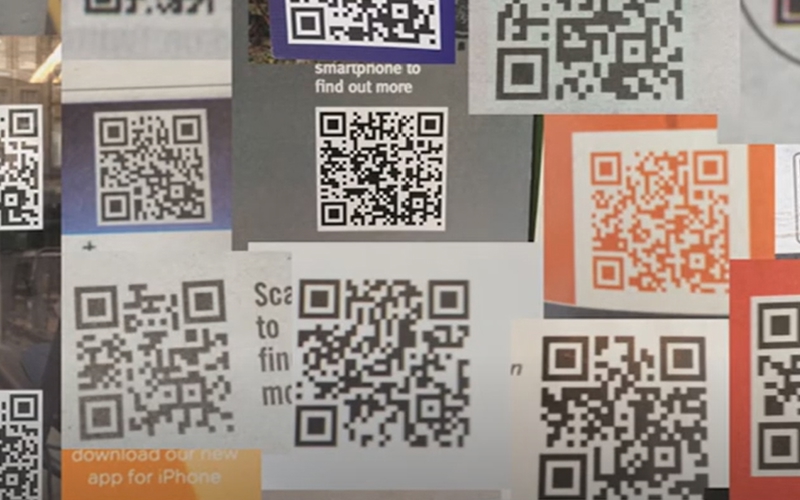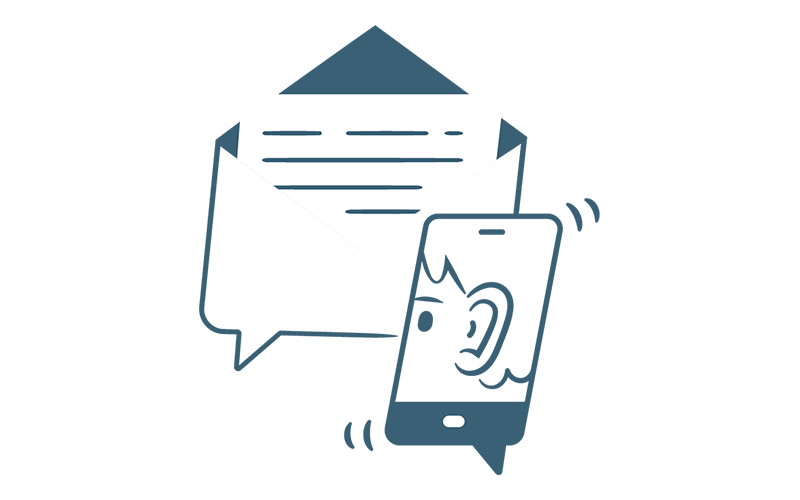
The trouble with innovation
Chief Information Officer, Hugh Wallace, talks about how trends can divert attention from strategic priorities.
Hugh Wallace
06 Apr 2023

Vicki Madden
25 Sept 2023
Vicki Madden, Content Designer, reflects on her time at Turing Fest and Camp Digital and how digital design principles can help create an inclusive and positive work culture.
As a Content Designer, I spend a lot of time contemplating words. How will the content I create solve a problem? How will it enhance the user journey? Since attending Turing Fest and Camp Digital this summer, though, I’ve found myself mostly thinking about what kinds of content and working cultures are prioritised in a world undergoing rapid digital transformation.
Turing Fest got off to a cracking start with Joanna Wiebe’s “Money Words: Copy that Drives Revenue,” which provided an interesting perspective on specific words to adopt and avoid when crafting content. While Wiebe’s talk gave me plenty of food for thought, it also reminded me that there’s a difference between copywriting and content design. These are in fact complementary disciplines though, at Research Data Scotland (RDS), we in the Digital team tend to focus on the latter.
Where several of the content-centred talks at Turing Fest focused on product marketing, the main purpose of a lot of our content is simply to make life a little easier for researchers applying to access data – a uniquely complex process with a lot of steps involved. Our content strategy from the outset has been to centre the end-user: to reduce their cognitive load so they can focus on carrying out their cutting-edge research. This means identifying pain points and adopting the language users are accustomed to, amongst other steps.
“Content design is an iterative process. If you don’t get things completely right the first time, you can review it and come up with a new version”
While the words that Wiebe identified as ones that will lose money for your business – basically, anything that suggests cost – don’t necessarily apply to our content strategy, her talk did offer key insight into a word we’ve been known to overuse: “and.”
Using the word “and” creates interference for users – their recall is hampered by extra information since we can only fully hold one idea in our heads at a time. According to Wiebe, every time you use the word “and,” you lose a conversion. Forgoing “and” (or at least cutting down) presents a challenge for RDS since most of our work deals with complex processes that can’t be neatly summed up in a single sentence. There are always multiple parts involved, each with their own significance.
The saving grace here is that content design is an iterative process. If you don’t get things completely right the first time, you can review it and come up with a new version. As we head into the third month of our new website being live, we’re planning to review the effectiveness of our content.
Perhaps the most interesting talk I attended out of Camp Digital’s wonderfully varied programme was Natalie Pearce’s “From CX to US: Good culture needs good design.” Pearce’s talk centred on the idea that good company culture is something that happens by design. Content designers, like myself, can and should apply the same design thinking principles we use when carrying out our projects to help companies plan and evaluate our working culture.
Having moved from a huge organisation to a small and relatively new one, it had never occurred to me that company cultures could be designed. Work cultures always appeared to me pre-formed: you, as an employee, choose or stay in a job based on how good a fit you are for an already established environment.

Walking into a young company like RDS has shown me that it doesn’t always have to be this way. As a new employee, I was given the opportunity to join a Culture Group, which gathers together people from different teams to brainstorm ways in which RDS can build an inclusive culture that reflects our core values and vision of innovation for the public good.
Effectively, what we’re doing is co-design, something that all content designers will be familiar with. Reframing the Culture Group in such a way, however, adds clarity to how we can achieve our goal, which is really the same one we have for our content: make people’s lives just a little bit easier by foregrounding user needs.
Thinking about employees as end-users of a company has been such an interesting way to reframe working culture mostly because it underscores continued opportunities for change and improvement. If something isn’t working, the solution is simple: review and iterate. As a growing organisation, if we can embed this idea now and run with it, I’m very excited about the places it will take us.
Related content

Chief Information Officer, Hugh Wallace, talks about how trends can divert attention from strategic priorities.
Hugh Wallace
06 Apr 2023

Reflecting on the rise of artificial intelligence tools, Vicki Madden, Content Designer, talks about creating user-centred content.
Vicki Madden
26 Sept 2023
To stay updated with Research Data Scotland, subscribe to our mailing list or follow us on Twitter and LinkedIn.
